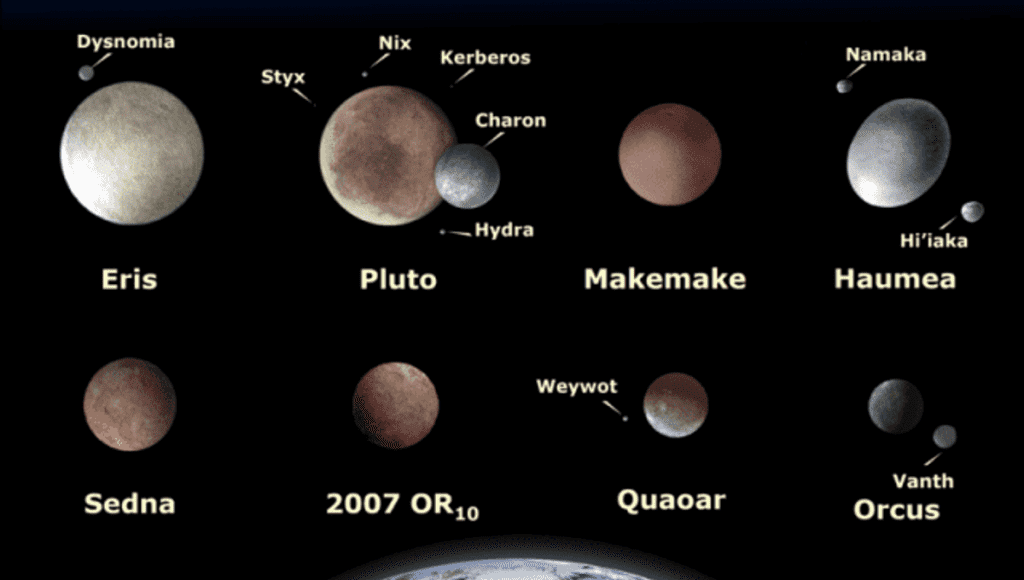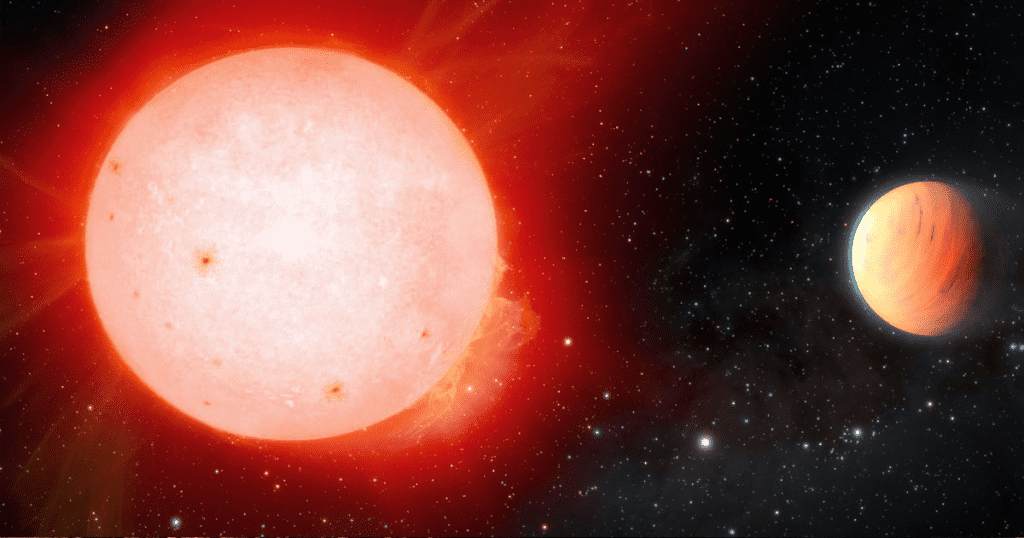Astronomers at the Kitt Peak National Observatory have discovered a strange gas giant exoplanet some 580 light-years away. It is as light as a marshmallow. According to a study published in The Astronomical Journal, it may be the lowest-density planet discovered to date.
The planet, TOI-3757b, is quite warm when it comes to temperature. It closely orbits a nearby red dwarf star. Red dwarfs are small stars that still have nuclear fusion reactions going on at their core.
They are red in color due to their relatively low surface temperatures compared to other stars like our Sun.

“Giant planets around red dwarf stars have traditionally been thought to be hard to form,” said study lead author Shubham Kanodia, a researcher at the Carnegie Institution for Science, in a press release.
“So far this has only been looked at with small samples from Doppler surveys,” he continued, “which typically have found giant planets further away from these red dwarf stars.”
Researchers believe that the lower abundance of heavy elements in the star means that the core may have formed more slowly, delaying the nascent star’s amalgamating of gas which caused its lower density in the long run.

Also, it can be a result of a slightly irregular orbit. From the current information, scientists think that the orbit of the body is a little elliptical. This implies that at some specific points, it flies a little too close to its sun. This leads to overheating and expansion in the process.
For follow-up observations, the astronomers hope they’ll get the chance to point NASA’s James Webb Space Telescope at the rarefied planet and other exoplanets like it.
“Finding more such systems with giant planets — which were once theorized to be extremely rare around red dwarfs — is part of our goal to understand how planets form,” Kanodia said.


